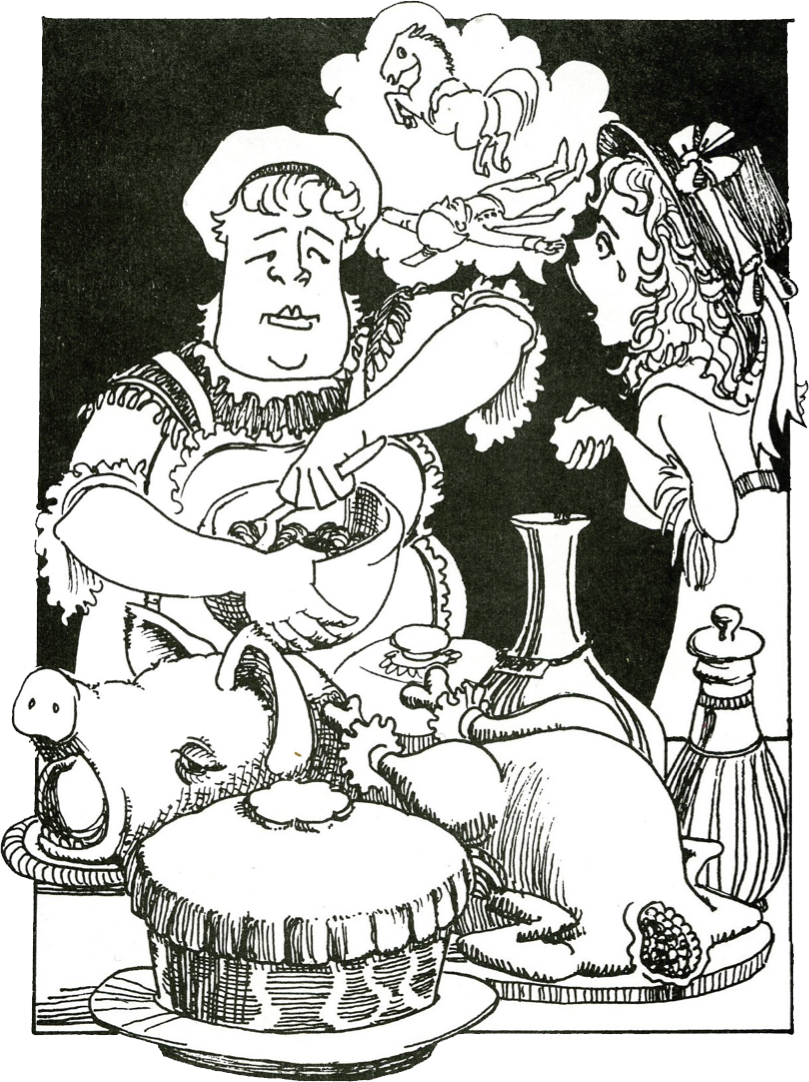Inside Jane Austen's World
Twelve JASNA experts take you inside their homes to shine a light on what life was like inside English homes in Jane Austen's era. These short videos, prepared especially for the Virtual AGM, take you from the kitchen to the library, from the tea-table to the dressing-table, and from the garden to the carriage house.
Cooking with Austen
Julienne Gehrer, Kansas City Region
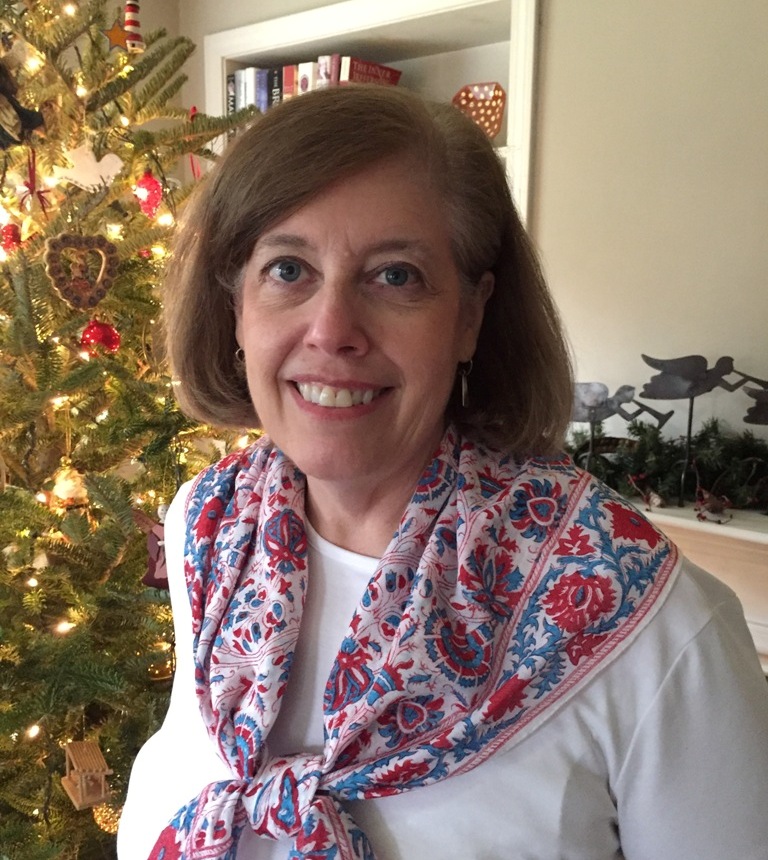
Julienne Gehrer has presented at four AGMs and at Regional events in seven states. The food historian has spoken at Jane Austen’s House Museum and co-presented with chefs at a Jane Austen Literary Dinner and Cheese Tour of Jane Austen’s England. Her articles have appeared in Texas Studies for Literature and Language, Jane Austen’s Regency World, and JASNA News. She is the author of several books including Dining with Jane Austen (2017) and Martha Lloyd’s Household Book from Bodleian Library Publications, University of Oxford, (2021).
Jane Austen Food Bite: Reading Rural into Rare Simile
Careful readers of Jane Austen spot a rare simile in Lesley Castle: “her face as White as a Whipt syllabub.” Aside from its literary device, the phrase signals a few things about Jane’s rural upbringing at the Steventon Rectory. Join Julienne Gehrer for this first Jane Austen Food Bite to gain historic insights into the author’s daily life and works.
Jane Austen Food Bite: Tasty Research Finds
While researching in Winchester, Julienne Gehrer uncovered several historic artifacts related to Georgian food and dining. Join her for a peek at these incidental yet interesting little treasures found at the Hampshire Records Office.
Dan Macey, Eastern Pennsylvania Region
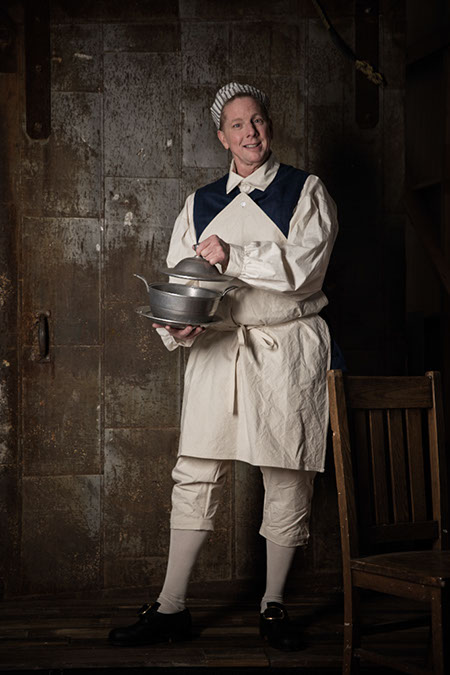
Dan Macey is the president of the Historic Foodways Society of the Delaware Valley in Philadelphia and has presented a variety of food history programs and demonstrations, including the recreation of an authentic regency era banquet to benefit Chawton House Library. He also writes about food history and was nominated for a prestigious food writing award for penning a piece about mutton in Emma. He works as a professional food stylist, making food look beautiful for the camera.
Mr. Woodhouse was Right: "A Nice Basin of Gruel Together" Indeed
Mr. Woodhouse’s advocacy for the health benefits of gruel was far less misplaced than most might conjure. While gruel was indeed thought of as a health food and prescribed for an abundance of ailments, its variety and forms went way beyond ordinary oatmeal. Gruel, made with a variety of grains, was often doctored with rum, wine, port, fruits, honey and even nuts; far tastier than that what we probably think of as a thin greyish blob of soggy oats. Virtually taste a number of period recipes for gruels and learn how your dinner guests might gleefully gush over a nice basin of gruel.
The Various Vittles That Vexed Miss Charlotte
Some would argue that there is nothing better than eating leftovers. In Austen’s Lesley Castle, however, Charlotte Lutterell worries just how she is going to dispose of all the food that was prepared for her sister’s wedding, which was canceled after the groom was thrown from a horse and later died. A virtual menu of some of the wedding foods listed in this hilarious story will be discussed as representative of typical banquet foods of an emerging affluent gentry class. A selection of period recipes for the wedding fare shown at this program will be provided.
Jane’s Fascination with Whipt Syllabub
Endearing references to syllabub—a wildly popular sweet, frothy alcoholic dessert drink—are found in a number of places in Jane Austen’s work, including Lesley Castle. What exactly made the syllabub so popular among Jane’s contemporaries? We will learn a bit more about the drink and why it fell out of favor, but never should have. Watch how it was made during Austen’s time and learn how to create a more modern take on this dessert beverage at home. Recipes included.
Julia Matson, Minneapolis Region
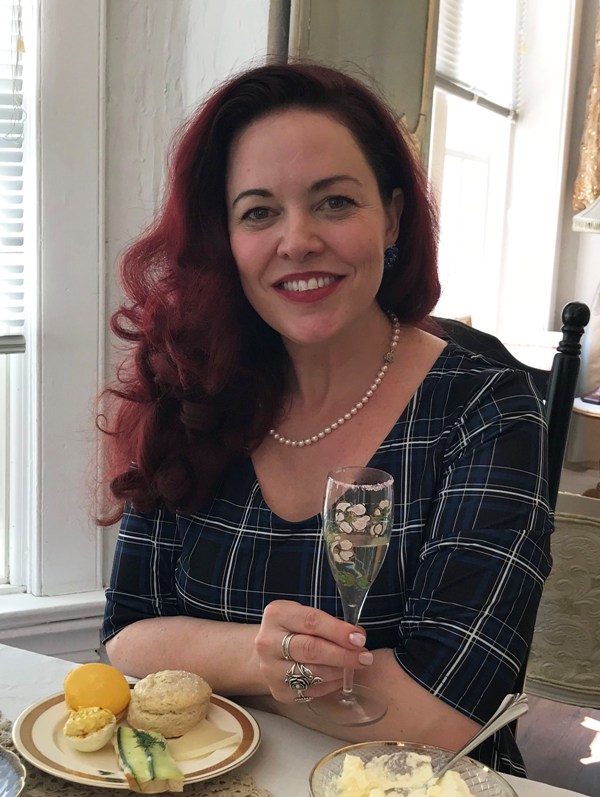
Julia Matson, owner of Bingley’s Teas and creator of the Jane Austen Tea Series, is a certified tea sommelier and specialist in tea blends. An international speaker on tea and Jane Austen, Julia has traveled and participated in tea programs and studies across Japan, Korea, and Taiwan.
A Tipple of Tea
Experience a modern version of a Regency Capillaire (simple syrup cordial) as we create two beautiful tipples with teas/tisanes in your cupboard. We will make a popular tea-rum punch we have shared at festivals and a delicious, calming, apothecary cordial with an herbaceous gin and honey. One is perfect before the ball. The other is an absolute necessity afterward (especially if your odious cousin has claimed you for any of the dances)!
Bonny Wise, Greater Louisville Region

Bonny Wise is a JASNA life member. She has always been interested in history, including culinary history. After owning a tea room, she pursued a culinary degree from a local community college. Now she shares her tea treats as well as her extensive porcelain collection with her JASNA Region and with historic home Locust Grove, where she worked for 11 years as the marketing coordinator.
Bonny’s Teatime Treats
Learn how to make four easy and authentic teatime treats. Saffron cake is a yeasty, fruit-studded bread. Welsh tea cakes are like mini-pancakes, made on a griddle. Bara brith is a tea cake made in a loaf pan. A historic gingerbread recipe features chopped lemon peel and brandy-soaked raisins.
Collections Close-Up
Candice Hern, Minneapolis Region
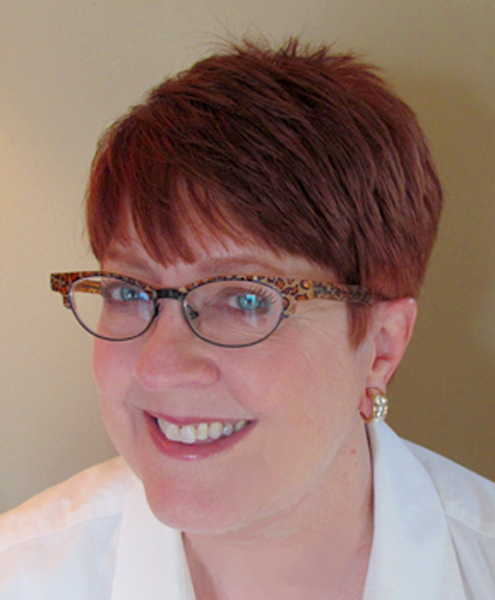
Candice Hern is the New York Times and USA Today bestselling author of historical romance novels set during the English Regency. Her award-winning website is often cited for its extensive Regency World pages. The 2013 AGM in Minneapolis included a Regency Room featuring many items from her Regency collections.
Things That Might Be Kept in a Reticule, Part 1:
Calendars and Almanacs
After a short introduction on the definition of a reticule and its evolution from pockets, Candice Hern will discuss items of paper that might have been kept in a reticule, including pocket calendars (eg Regency day-timers) and miniature almanacs, with examples of both from her private collections.
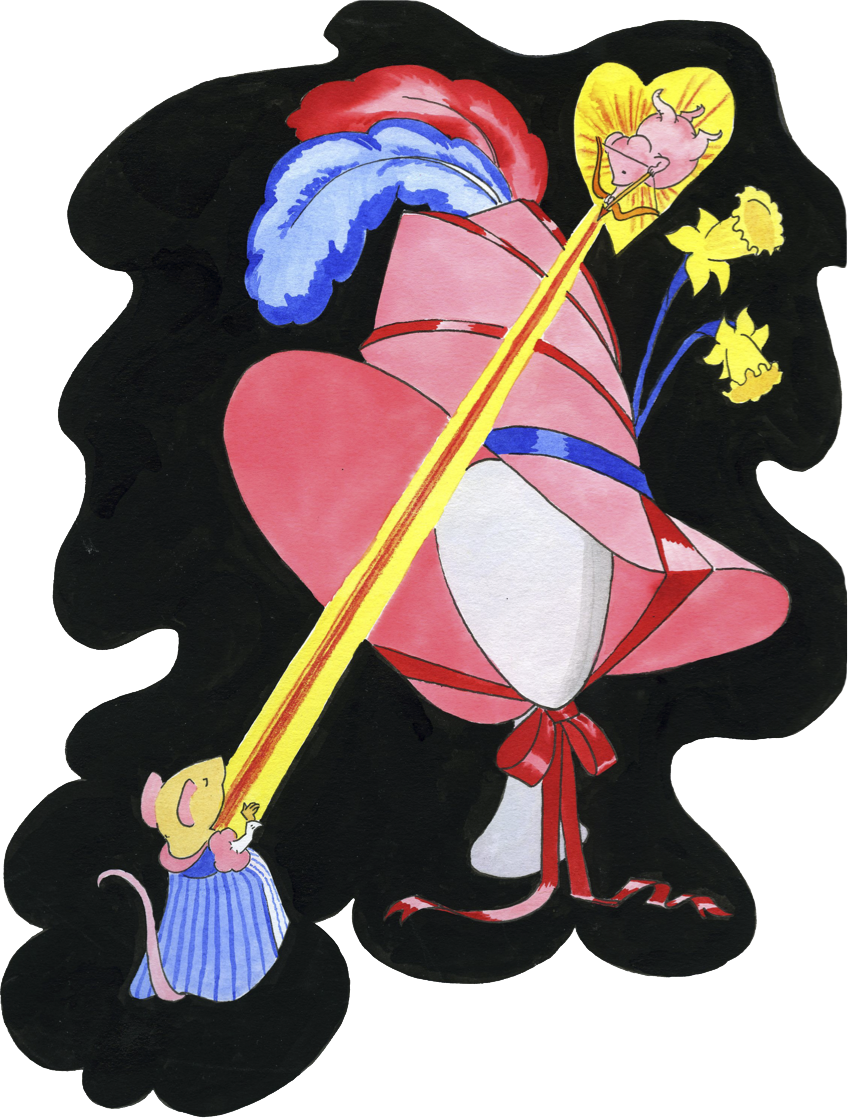
From The Beautifull Cassandra
(Courtesy of Juvenilia Press)
Things That Might Be Kept in a Reticule, Part 2:
Scents, and Cosmetics
Items that might have been taken from a lady's dressing table and tossed in her reticule are the subject of this video. Featured will be scent bottles and portable cosmetic cases, with examples of each from Candice's private collections..
Things That Might Be Kept in a Reticule, Part 3:
Coin Purses, Fans, and Vinaigrettes
Three items essential to every lady's reticule are the subject of this video: vinaigrettes, coin purses, and fans. Learn about how the narrow fashions of the Regency period dictated the size of these items. Examples from Candice's private collection will be included.
Sandy Lerner, Washington, DC, Metropolitan Region
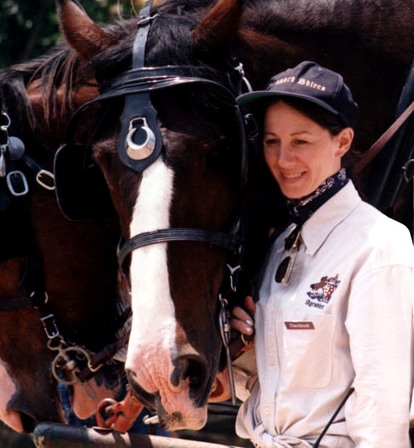
Sandy Lerner was a co-founder of Cisco Systems. After leaving Cisco, she founded Urban Decay cosmetics. Her foundation funded the restoration of Chawton House, making it a center for the study of English women's writing. She is involved in various high-tech and philanthropic activities and pursues interests that include carriage-driving and jewelry-making. She is the author of Second Impressions, a sequel to Pride and Prejudice. Sandy has been driving carriages since 1994 and is a founding member of the Four-in-Hand Club of America.
Pen and Parsimony: Carriages in the Novels of Jane Austen
Jane Austen refers to carriages in the novels almost 400 times. For a writer celebrated for her dextrous use of the language, the use of these transportation terms is lost on the modern reader. Why does she talk so much about carriages, and what is she trying to say? A virtual tour of Sandy's collection helps us understand the once-familiar language of carriages.
Mary Gaither Marshall, Greater Chicago Region
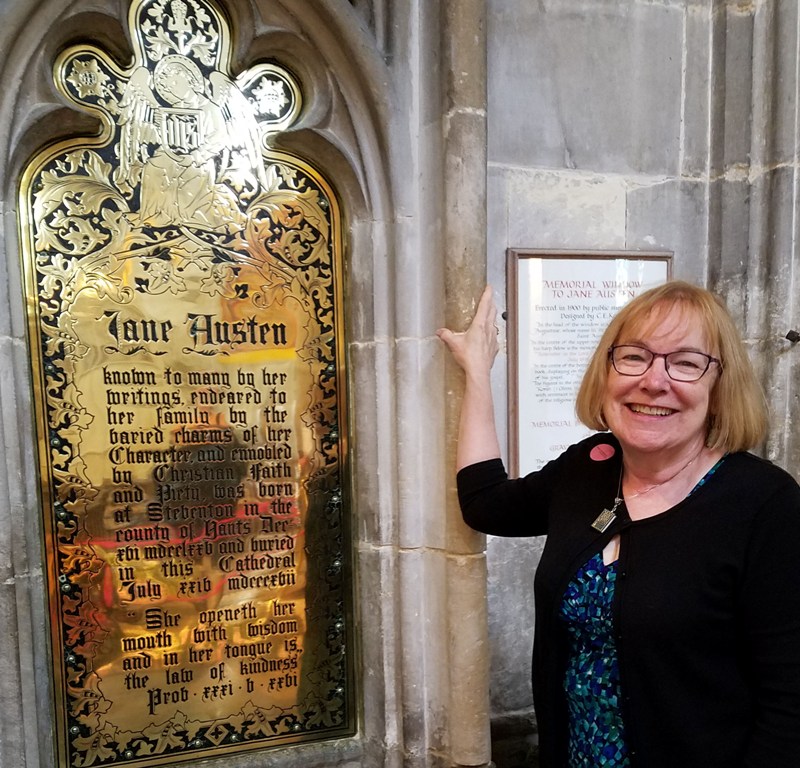
Mary Gaither Marshall, a Life Member of JASNA and JAS since 1979, served on the JASNA Board of Directors (1983-1992) and has given several AGM presentations. Her published works include Jane Austen’s Sanditon: A Continuation by her Niece. She is a retired librarian, college instructor, rare book bibliographer, and Austen collector.
Collecting Jane Austen: The Publishing History and Format of 19th-Century Editions
By showing a first edition of Mansfield Park, an early American edition of Emma, and other 19th-century editions, Mary Gaither Marshall will discuss the history of the publication of Austen’s books, her early publishers, and the format of early 19th-century books. As a collector of rare books, including Austen, for more than forty years, Marshall will also briefly review basic considerations when building a collection, including varieties of collections, condition, and rarity.
Alden O’Brien, Washington, DC, Metropolitan Region
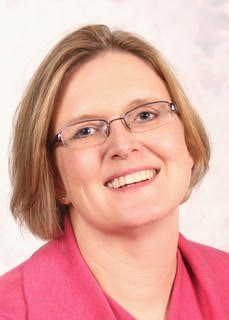
Alden O’Brien received her BA in Art History from Barnard College and her MA in Museum Studies in Costume & Textiles from the Fashion Institute of Technology in New York City. As Curator of Costume and Textiles at the DAR Museum, she has curated numerous exhibits on costume, toys, and quilts, including “The Stuff of Childhood,” about the history and material culture of American childrearing, and “An Agreeable Tyrant: Fashion After the Revolution,” on view during the DC AGM. Alden has presented at the Los Angeles, Louisville, and Williamsburg AGMs and will be one of next year's JASNA Traveling Lecturers.
An Investigation of “Jane Austen’s” Sampler
An English schoolgirl’s sampler in a private collection bears the name Jane Austen and the date 1797–possibly changed from 1797. Can it be “our” Jane Austen’s? Textile historian Alden O’Brien examines the object for clues and researches the genealogical details outlined in the family history which was handed down with the sampler, and comes to a conclusion.
Linda Slothouber, Washington, DC, Metropolitan Region
A former management consultant and antiques dealer, Linda Slothouber combines an interest in the technologies and businesses developed during the 18th century with an irrational attraction to teapots. Her essay on Jane Austen and Wedgwood appeared in Persuasions Volume 31. She serves as JASNA's Vice President for Conferences.
Georgian and Regency “Tea-Things”: Artistry, Mystery, and Marketing
Can you picture Emma Watson “with the best tea-things before her” or Susan Price wiping out a teacup for an unexpected visitor? How about Jane Austen herself, responding to “a sudden impulse [that] produced Miss Benn and Maria Middleton at our tea-table”? What would the vessels they used to serve tea have looked like? The components of a tea-set and the shapes of the pieces were different from what we might expect. Looking at a collection of “tea-things,” we will see how fashion, economics, and the role of tea-drinking influenced their form and decoration.
Hands-On History
Andrew R. Mancuso, Ohio North Coast Region
Andrew R. Mancuso is a bookbinder, conservator, and hand paper maker in Cleveland, OH. He works as the Preservation Officer at Kelvin Smith Library at Case Western Reserve University.
Typical Paper Marbling Techniques of the Georgian Era
The beautiful patterns of marbled endpapers add an element of visual art to antique books. Andrew Mancuso will present a virtual demonstration of the historic process of paper marbling and attempt to create patterns found on select period volumes of Austen’s novels.
Jo Ann Staples, Middle Tennessee Region
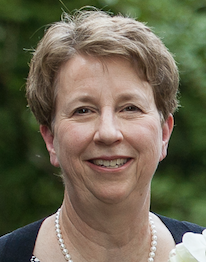
Jo Ann Staples pursued a career in the Department of Mathematics at Vanderbilt University. She has given many talks, including at the Louisville and Williamsburg AGMs, and has organized dances, card parties, and Regency dinners. Her first book is Jane Austen’s Card Games, and she is now working on a second book on the broader topic of games in Jane Austen’s works.
Playing Games, Austen Style
Games were an important source of amusement in the Regency era. Children’s games, card games, word games, Christmas games, and parlor games filled the hours of the day. All of the novels mention different kinds of play - Northanger Abbey, for example, begins with cricket and baseball and Persuasion ends with a card party. The Austens themselves played many different card games and especially enjoyed word games. Learn about the history of many of the games and have a go at the game of cards Jane Austen played at the end of her life.
Kim Wilson, Wisconsin Region

Kim Wilson is a writer and speaker, a JASNA Life Member, and Regional Coordinator for JASNA-Wisconsin. She has presented at several previous AGMs. She is the author of At Home with Jane Austen, Tea with Jane Austen, and In the Garden with Jane Austen.
Recreating Jane Austen’s Garden at Home
The quaint cottage garden, the elegant villa garden, and the breathtaking grounds and gardens of the great estates all appear in Jane Austen’s novels. How do we begin recreating them? What plants were grown by the gardeners of the day and where did they grow them? What would the flower gardens have looked like, and where exactly should one place a shrubbery? Kim Wilson shows you how to create your very own “Jane Austen garden” on your suburban acre, in your small town garden, or even on the balcony of your city apartment.
